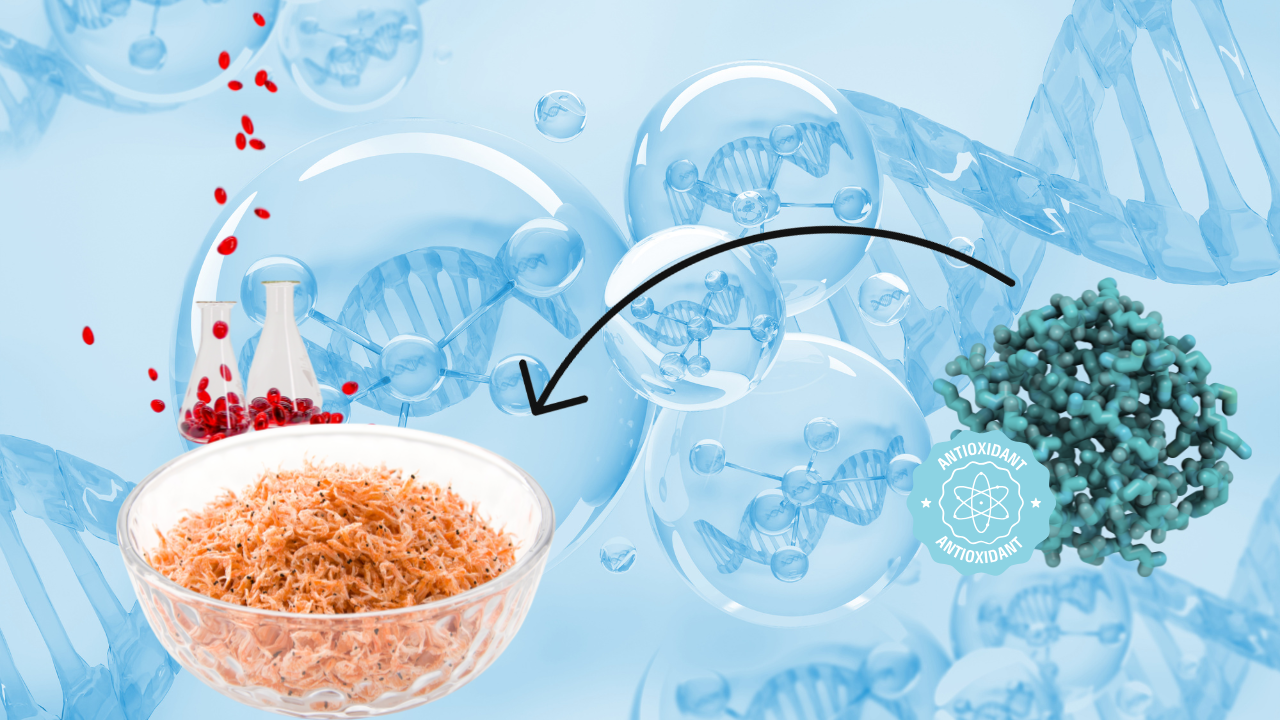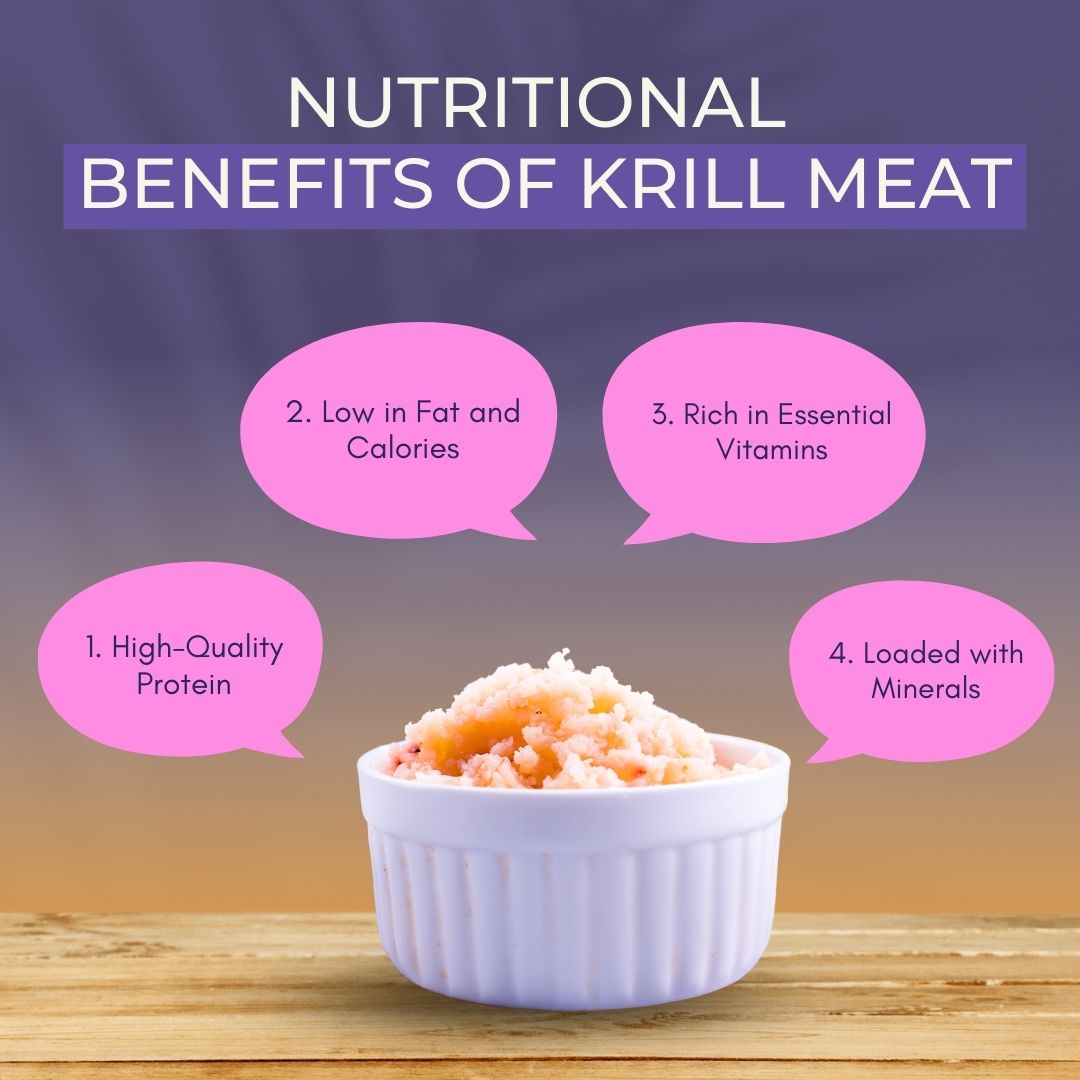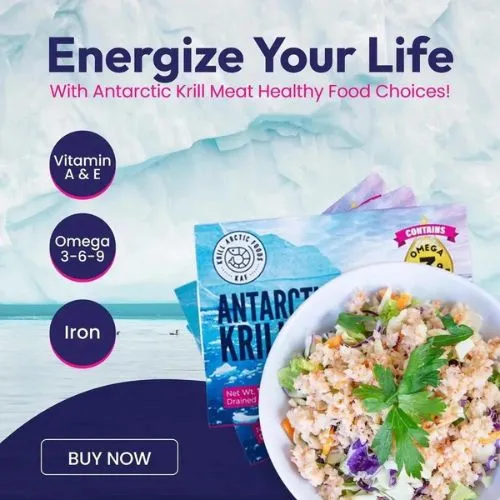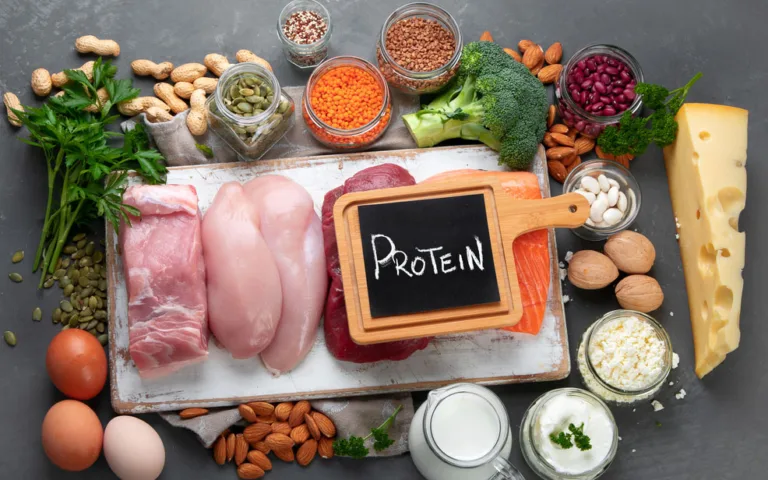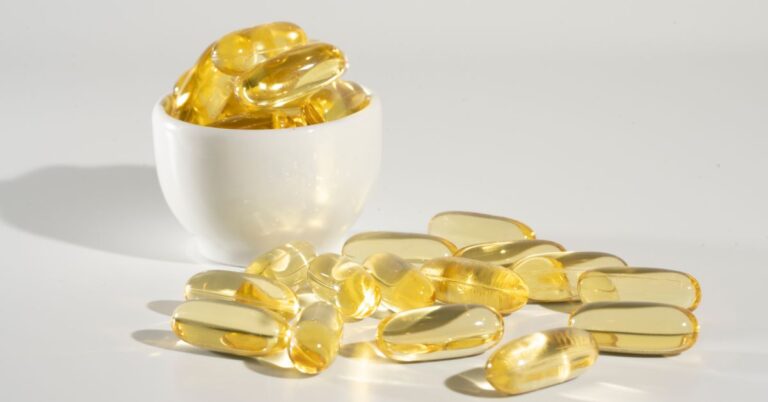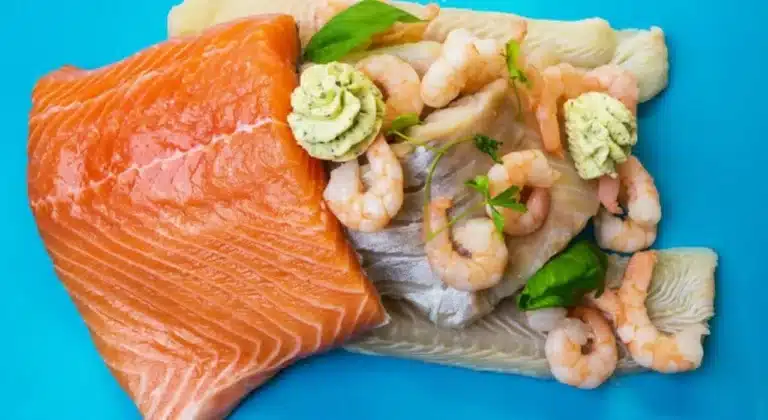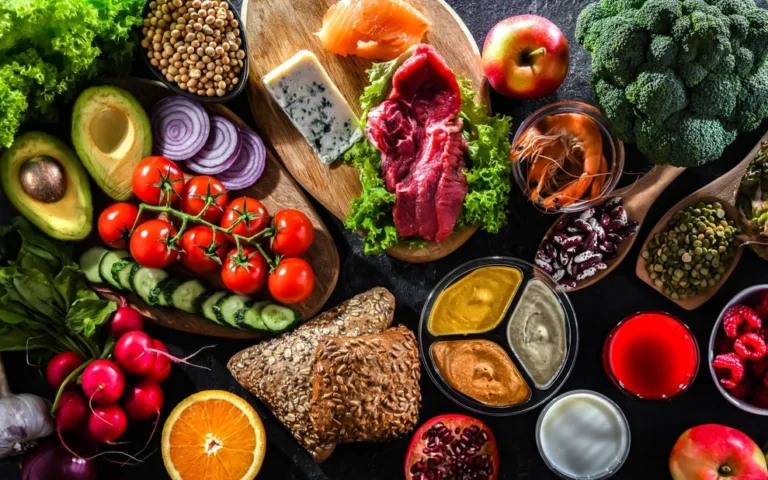Imagine your cells as a bustling city, constantly under threat from environmental pollutants, stress, and poor dietary choices. These threats release free radicals, the city’s troublemakers, leading to oxidative stress and potential health issues. But there’s more: did you know that the antioxidants in krill, especially astaxanthin, are among the most powerful natural compounds for protecting your cells?
Astaxanthin, found in abundance in krill, is up to 6,000 times stronger than vitamin C when it comes to neutralizing free radicals. What sets astaxanthin apart is its unique ability to provide deep and comprehensive protection to cells throughout your body, earning it the title of a “super-antioxidant.” When sourced from krill, this antioxidant works even better, thanks to the rich synergy of nutrients in krill meat that enhance its potency and absorption.
So read on because understanding how krill’s antioxidants work is the first step to unlocking their full benefits. Let’s break down exactly how they protect your cells and support long-term health.
What are antioxidants, and how it work?
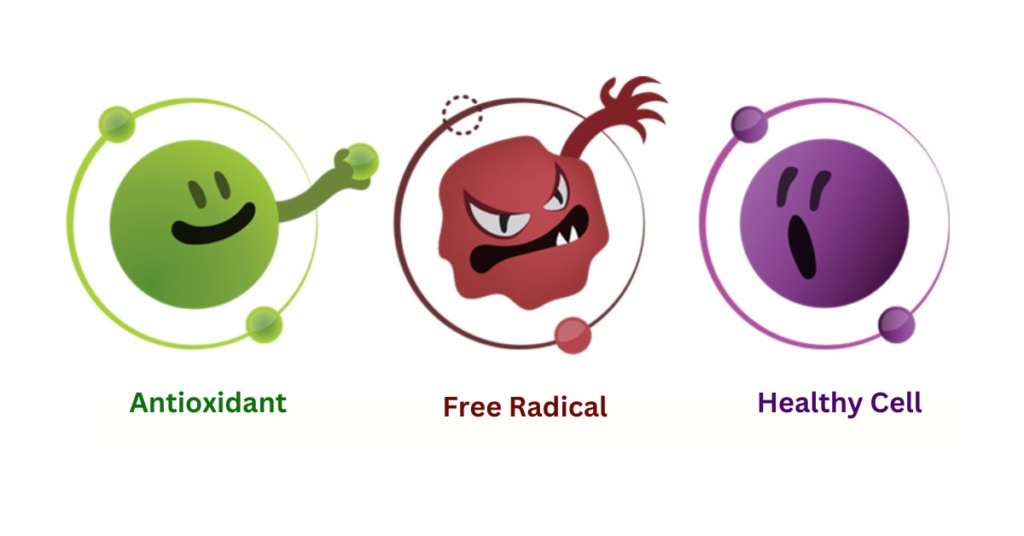
Antioxidants are natural defenders that protect your cells from free radicals unstable molecules that cause oxidative stress, weaken cells, and accelerate aging. Think of free radicals as tiny sparks that, if left unchecked, can damage DNA, proteins, and cell membranes like rust eating away at metal.
Antioxidants act like fire extinguishers, neutralizing these harmful molecules before they cause lasting harm. While your body produces some antioxidants naturally, daily exposure to pollution, stress, and poor diet can overwhelm this system. That’s why getting antioxidants from food is essential they help maintain cell health, reduce inflammation, and keep your body functioning at its best.
Antioxidants in Krill: Protecting Your Cells
Krill meat is packed with powerful antioxidants that help protect cells, keeping your body strong, energized, and resilient. The most potent among them is astaxanthin, a deep red pigment that neutralizes harmful free radicals, which accelerate aging, weaken the immune system, and contribute to inflammation.
But astaxanthin does more than just fight free radicals it goes beyond standard antioxidant protection, offering unique cellular benefits that other antioxidants can’t match:
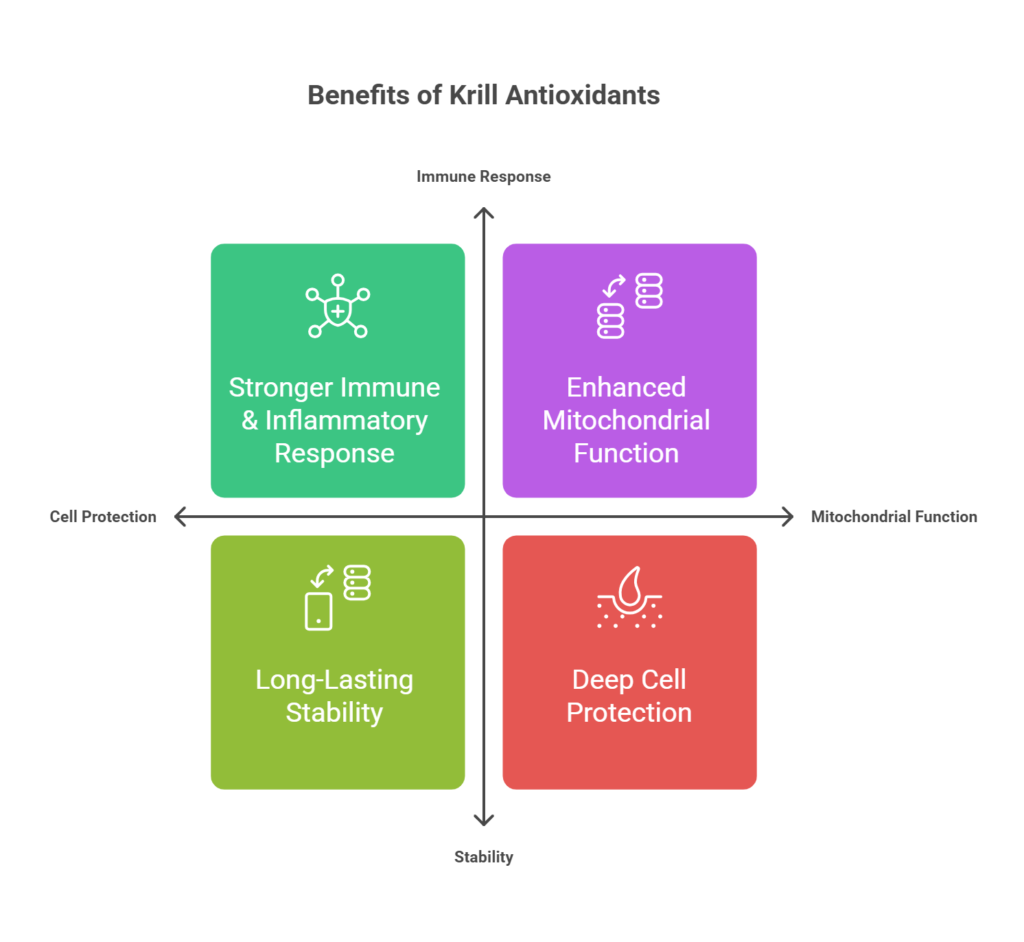
- Deep Cell Protection: Unlike many antioxidants that work in specific areas, astaxanthin is both fat- and water-soluble, meaning it penetrates inside and outside cell membranes, providing 360-degree defense against damage.
- Long-Lasting Stability: Some antioxidants break down quickly or even turn into pro-oxidants, creating more free radicals. Astaxanthin stays stable, offering continuous protection without adding to oxidative stress.
- Stronger Immune & Inflammatory Response: Research shows that astaxanthin helps regulate inflammation at a cellular level, reducing unnecessary immune responses and keeping your body’s defenses strong.
- Enhanced Mitochondrial Function: Astaxanthin boosts energy production in mitochondria the powerhouses of cells leading to better endurance, sharper cognitive function, and overall vitality.
Beyond astaxanthin, krill meat contains vitamin E, flavonoids, and CoQ10, which all work together to defend cells, reduce inflammation, and support energy production. Since oxidative stress comes from daily factors like pollution, processed foods, and even normal metabolism, adding krill meat to your diet is an easy way to protect your body at a deep cellular level.
Now here comes the good part: these antioxidants don’t just protect cells in general they provide specific benefits to different parts of your body. Let’s take a closer look at how krill meat supports skin, brain, heart, and immune cells.
How Krill Meat Protects Different Cell Types
Think of your body as a city, with different types of cells playing essential roles. Just like buildings need maintenance and security, your cells need protection from damage. Krill meat, packed with astaxanthin and other powerful antioxidants, helps safeguard your cells, keeping them strong and functioning at their best.
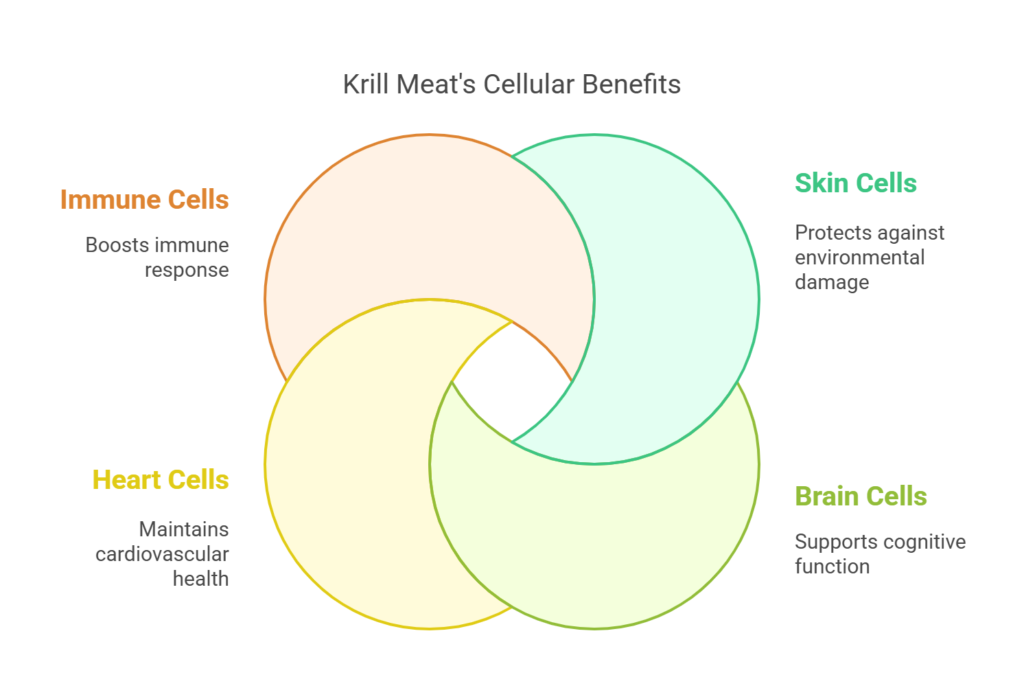
- Skin Cells: The Barrier That Faces Daily Attacks
Your skin is your body’s first line of defense against the sun, pollution, and other environmental stressors. Over time, exposure to UV rays and toxins generates free radicals, speeding up aging and causing wrinkles, dryness, and sagging. Astaxanthin in krill meat acts like sunscreen at a cellular level, reducing oxidative stress and helping skin retain its elasticity and hydration. Studies suggest it can improve skin smoothness and even reduce fine lines.
- Brain Cells: Keeping Your Mind Sharp
Your brain is constantly working on processing thoughts, memories, and emotions. However, oxidative stress can damage brain cells, leading to cognitive decline over time. Antioxidants in krill meat, especially astaxanthin and CoQ10, help protect neurons from free radical damage, keeping your mind sharp and focused. Some research suggests that astaxanthin supports memory and reduces mental fatigue, making it a smart addition to any diet.
- Heart Cells: Supporting a Strong Cardiovascular System
Your heart beats over 100,000 times a day, working nonstop to keep you alive. But oxidative stress can weaken heart cells, increasing the risk of high blood pressure and heart disease. The antioxidants in krill meat, combined with omega-3 fatty acids, help reduce inflammation and keep blood vessels flexible, promoting healthy circulation. This means better heart function and a lower risk of cardiovascular issues.
- Immune Cells: Strengthening Your Body’s Defenses
Your immune system fights off infections, but chronic inflammation can weaken it over time. Astaxanthin in krill meat helps regulate immune responses, reducing unnecessary inflammation while boosting your body’s ability to fight off illness. It acts like a fine-tuned security system, ensuring your immune cells stay alert and ready for action.
How Krill Meat’s Antioxidants Compare to Other Sources
People get antioxidants from many foods, but krill meat stands out as one of the most powerful sources. Let’s break down how it compares to other options.
Krill Meat vs. Fish: A Better Source of Astaxanthin
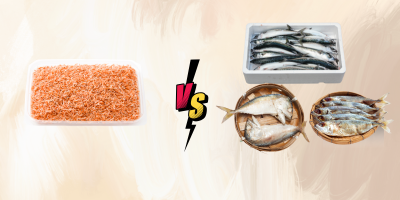
Fish like salmon and tuna are great sources of omega-3s, but when it comes to antioxidants, krill meat takes the lead. Unlike fish, krill naturally contains astaxanthin, a super-antioxidant that fights free radicals more effectively than vitamin C or E. While some fish contain small amounts of astaxanthin, it’s usually absorbed from their diet. In krill, it’s naturally occurring and more bioavailable, meaning your body absorbs it better.
Krill Meat vs. Fruits & Vegetables: A Stronger Free Radical Fighter
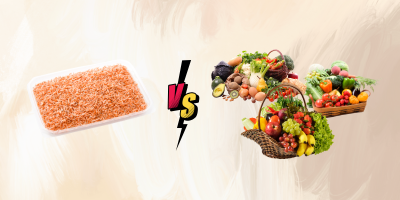
Berries, spinach, and other colorful fruits and vegetables are known for their antioxidant content. They contain compounds like vitamin C, polyphenols, and beta-carotene, which are beneficial but astaxanthin in krill is on another level. It’s up to 6,000 times stronger than vitamin C when it comes to neutralizing free radicals. Plus, unlike water-soluble antioxidants that flush out quickly, astaxanthin stays in your body longer, offering continuous protection.
Krill Meat vs. Krill Oil: A Complete Nutrient Profile
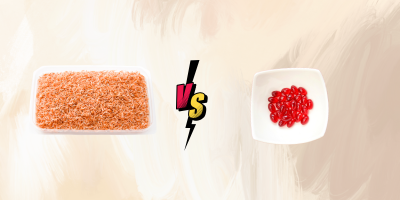
Krill oil is often praised for its omega-3 content, but krill meat offers much more. While both contain astaxanthin, krill meat provides a complete package of high-quality protein, essential amino acids, vitamins and minerals all in a whole-food form your body can easily use. If you’re looking for a way to get more than just omega-3s, krill meat is the smarter choice.
While antioxidants exist in many foods, krill meat gives you more powerful and longer-lasting protection.
Can You Get Enough Antioxidants from Diet Alone?
Most people assume their diet provides enough antioxidants for cellular health, but in reality, many fall short. Busy lifestyles, processed foods and limited access to fresh produce make it harder to get the right balance of protective nutrients. While fruits and vegetables contain antioxidants, krill meat offers something even more powerful astaxanthin, a natural antioxidant that protects your cells from oxidative stress and damage.
Unlike common antioxidants like vitamin C, which break down quickly, astaxanthin in krill meat stays in your system longer, offering continuous protection. This makes krill one of the best antioxidant-rich seafood options for cell protection. Plus, its unique ability to reach both inside and outside of cell membranes means krill’s antioxidants fight oxidative stress more effectively than many plant-based sources.
If you’re struggling to eat enough antioxidant-rich foods every day, adding krill meat to your diet is a simple and effective way to boost cellular health. Now here comes the good part let’s explore how you can make krill meat a regular part of your meals.
How to Make Krill Meat a Regular Part of Your Meals
Krill meat is easy to cook, packed with nutrients, and blends well with many dishes. Whether you prefer simple meals or enjoy experimenting in the kitchen, adding krill meat to your diet doesn’t have to be complicated.
Add It to Soups and Stews
Krill meat has a delicate, slightly sweet flavor that pairs well with hearty broths. Stir it into seafood chowders, miso soup, or vegetable stews for an antioxidant boost. Since it cooks quickly, add it towards the end to keep it tender.
Use It in Stir-Fries
Looking for a fast and healthy meal? Toss krill meat into a stir-fry with fresh vegetables, garlic, and a splash of soy sauce. It absorbs flavors well and pairs nicely with bell peppers, carrots, and leafy greens.
Enjoy It Grilled or Steamed
For a simple and fresh option, season krill meat with lemon, herbs, and a touch of olive oil before grilling or steaming. This keeps the nutrients intact while enhancing its natural flavor. Serve it with quinoa, rice, or roasted vegetables for a balanced meal.
Mix It Into Salads or Wraps
Krill meat makes a great addition to fresh salads. Toss it with mixed greens, avocado, and a light vinaigrette for a protein-rich, antioxidant-packed dish. You can also wrap it in whole-grain tortillas with some hummus and crunchy veggies for a quick and nutritious lunch.
Blend It into Protein-Packed Patties
Combine krill meat with breadcrumbs, eggs and spices to form seafood patties or krill cakes. Cook them on a skillet and enjoy them as a high-protein alternative to traditional burgers.
Use Krill Powder in Smoothies or Snacks
If fresh or frozen krill meat isn’t available, krill powder is a convenient option. Sprinkle it into smoothies, soups, or homemade energy bars for an extra dose of protein and antioxidants.
Make It a Habit
Incorporating krill meat into your diet just a few times a week can boost your antioxidant intake, support cellular health, and provide essential nutrients.
Conclusion: The Power of Krill Meat for Your Cells
Your body faces oxidative stress every day but krill meat provides a simple, effective way to fight back. With astaxanthin, essential antioxidants, and vital nutrients, it helps protect cells, reduce inflammation, and support overall health. Whether added to meals or taken as a supplement, making krill meat a regular part of your diet is a smart choice for long-term well-being.
Start small, stay consistent, and feel the difference.

